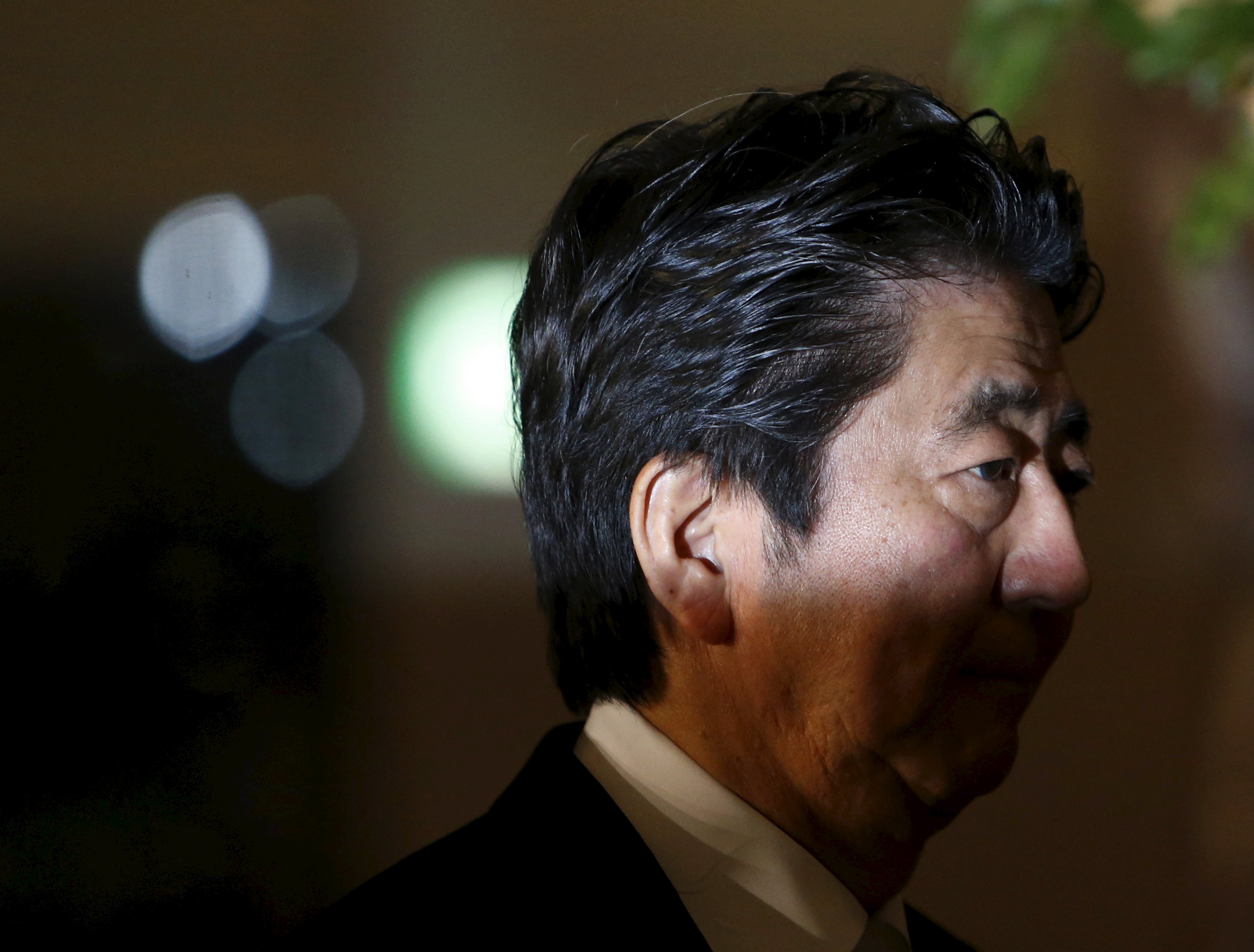Prime Minister Shinzo Abe is Japan's most ideological postwar prime minister, pushing right-wing policies on numerous fronts that trample on postwar norms and values. He has been able to do so because he has the Diet in his back pocket, but how did this tectonic shift in Japanese politics happen?
Back in 2009 when the Democratic Party of Japan swept into power, it looked like the Liberal Democratic Party was on the ropes, discredited because of the manifold socio-economic problems it had unleashed, and rejected because it did not seem to have any fresh ideas about coping with Japan's 21st century challenges, especially concerning the revival of the economy. Back then Abe also seemed a spent political force, a man ousted by party elders following a drubbing in the 2007 Upper House elections, a time when he earned the dismissive appellation KY, or kūki yomenai (can't read the air), because he appeared to be clueless and out of touch with what voters cared about.
Koichi Nakano, a professor of politics at Sophia University who recently published the book "Ukeika Suru Nihon Seiji" ("Rightward Shift of Japanese Politics"), argues there have been five phases in the resurgence of right-wing politicians.
















With your current subscription plan you can comment on stories. However, before writing your first comment, please create a display name in the Profile section of your subscriber account page.